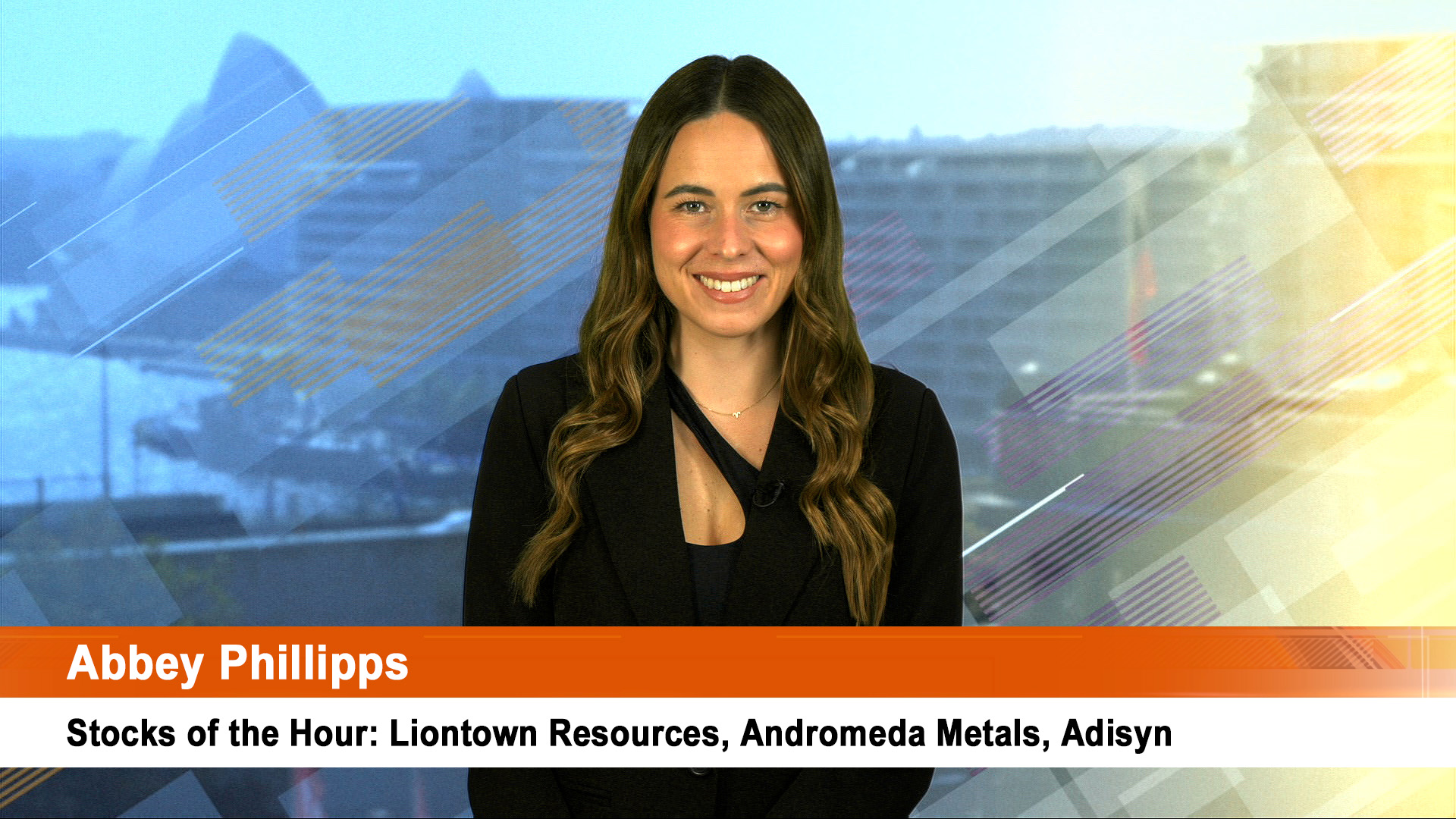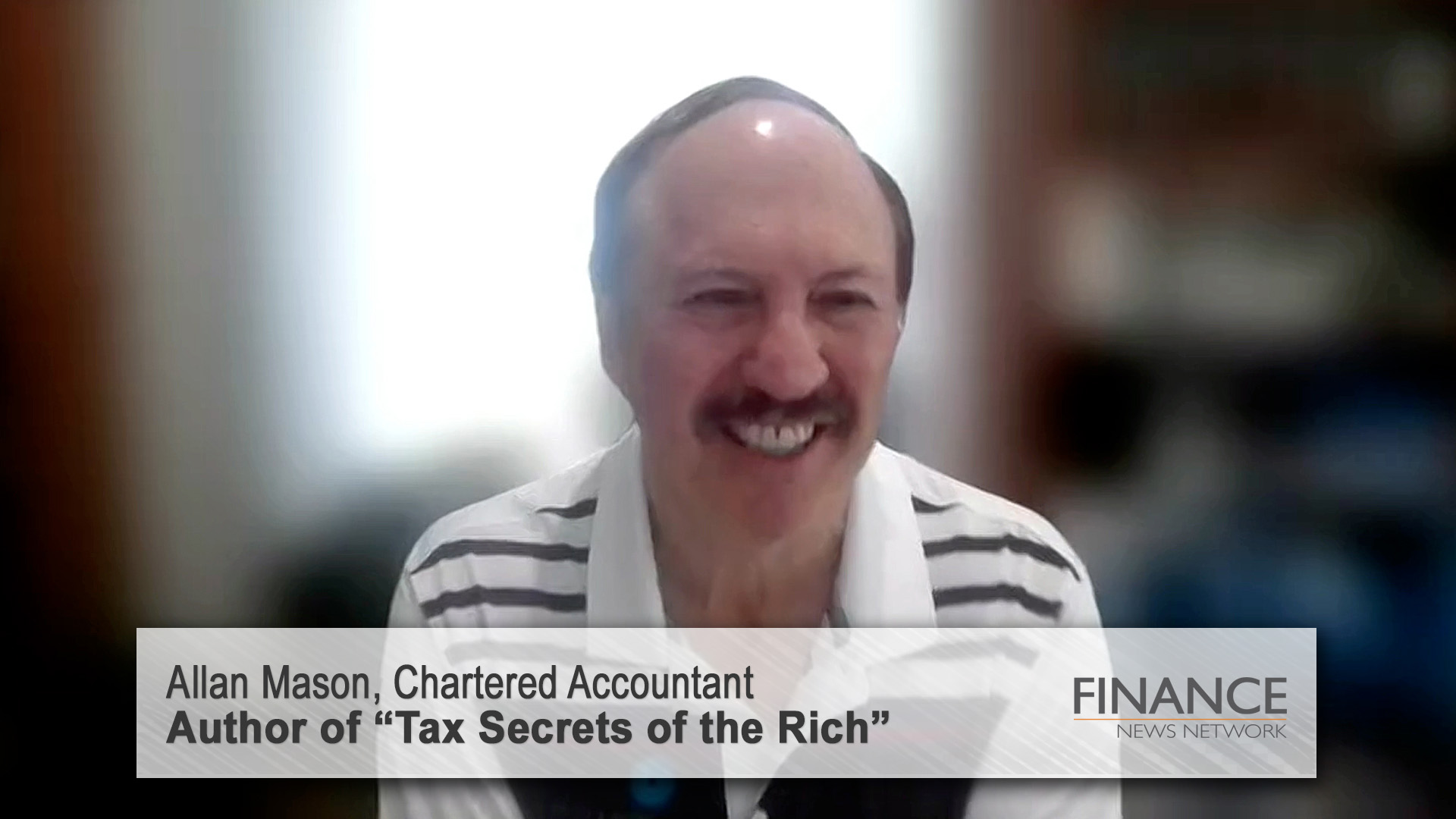
US car drivers are using more petrol, consumer credit rose surprisingly in January, there’re claims retail sales are still on the up after January’s surprise rise and commodity prices are showing signs of awakening.
Suddenly hard-pressed US analysts and investors claim to be seeing something in the numbers that others reject.
Indeed the desire for a silver lining seems to be stretching the credibility of those analysing the available information to the point of breaking.
In fact Friday’s unemployment figures for the US saw this happen: some commentators claimed that because there had been three successive months of job losses of over 600,000, this could be the start of a ‘bottom’ forming.
Far from it, the figures were rotten, bad, and gloomy to boot.
The US unemployment rate rose to a 25-year high of 8.1% in February as employers axed 651,000 jobs.If the rate of loss from the past four months continue, America will have an unemployment rate of 10% or more by the northern summer.
Adding to the gloom, a combined 161,000 more jobs were lost in January and December than previously believed, the US Labor Department said in its monthly nonfarm payrolls report.
That means since the recession started in December 2007, the US economy has shed 4.4 million jobs, with more than half of that number lost in the last four months alone.
The figures also showed that 12.5 million people were unemployed in February, while millions more were under-employed.
At 8.1%, the unemployment rate now exceeds the peak in the US 1991 recession: that was 7.8% in June of 1992.
It’s the highest since 1983.
Suggestions that the figures showed some sort of bottom because they were over 600,000 appeared in several commentaries on the web on Friday that disappeared by close of trading.
As the Financial Times said in its Page 1 story Saturday:
"Economists and policymakers were almost unanimous that there were no signs of optimism to be gleaned from the figures."
But despite this very bad news for the US economy, there were other snippets of data feeding into the thinking of those who want to see a silver lining.
US investors are very bearish: 70% according to one survey (I thought it would be more) and there’s a theory that when markets are strongly bearish, rallies emerge.
Some economists have seen comfort from what appears to be some signs of life in consumer spending.
US consumer credit rose in January in a surprise, retail sales at the country’s major chains were a tiny bit better than forecast (but terribly distorted by Wal-Mart’s 5.1% rise, which changed a fall of 4.7% to one of just 0.3%).
Official retail sales figures are out on Friday for February. Will they show a continuation of that surprise rise in January? If they do, that would get folk whispering ‘rebound’ a bit louder.
America’s Energy Information Administration provided another spark which has set the oil market alight in the past two days.
The group said that demand for petrol over the four weeks to February 27 hit 9.03 million barrels per day, up 2.2% from a year ago, as the price drop rekindled driving habits of Americans.
So some investors thought, ‘cars’; but General Motors grim news about its auditors warning killed that line of speculation off.
The small rise in demand comes as average US gasoline prices run at about $US1.93 a gallon, down $US1.23 from a year ago and about half the price of last July when they were around $US4 a gallon or a bit more.
But those who want to see a rebound based on such fleeting bits of evidence, should read this from a Financial Times story over the weekend.
"There is a risk the weak labour market and continued destocking – continuing the sharp falls in companies’ inventories in the fourth quarter of last year – would rebound on to the rest of the economy.
"The weakness of the US jobs market is testament to the dire state of the underlying economy.
"Yet if it continues to put half a million Americans out of work each month, it has the potential to snuff any recovery out just as it gets started." The speaker was an economist at HSBC in New York.
He went on to say that consumer confidence is very low and consumers are trying to save money (the US savings ‘ratio" was 5% in the 4th quarter).
The Fed’s report on consumer credit in January, came as a surprise, but it could help the surprise rise in retail sales.
Personal income figures rose in the same month, thanks to increased government transfer payments (welfare etc).
More people were made jobless in January than originally shown.
Friday’s government jobs report not only showed a further 161,000 jobless were added to December and January’s figures, but December’s losses of 681,000 was the highest since 1949.
The rise in credit didn’t help the US car industry sales in January: they fell 37%.
In February, American car sales dropped to an annual pace of nine million, from some 17 million in 2007.
Even if sales increase considerably, that is likely to leave a lot of unwanted capacity and fewer jobs than before.
In February, 168,000 more manufacturing jobs were eliminated, bringing losses over the last year to 1.2 million.
In Michigan, where car industry is concentrated, the unemployment rate sits at 10.6%, the highest of any state in the nation.
Adding in the revisions to December and January, there were more than 800,000 fewer jobs in February than were previously reported for January, while the unemployme













